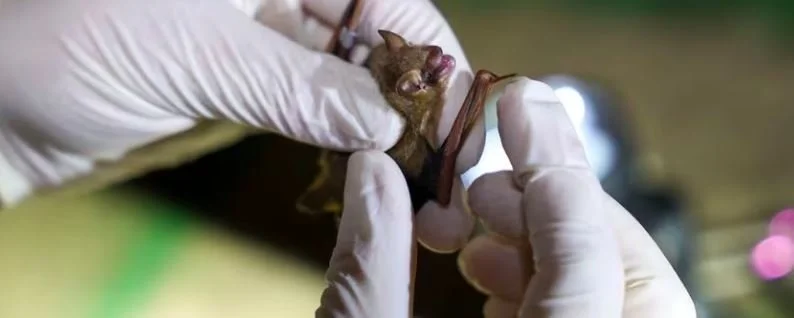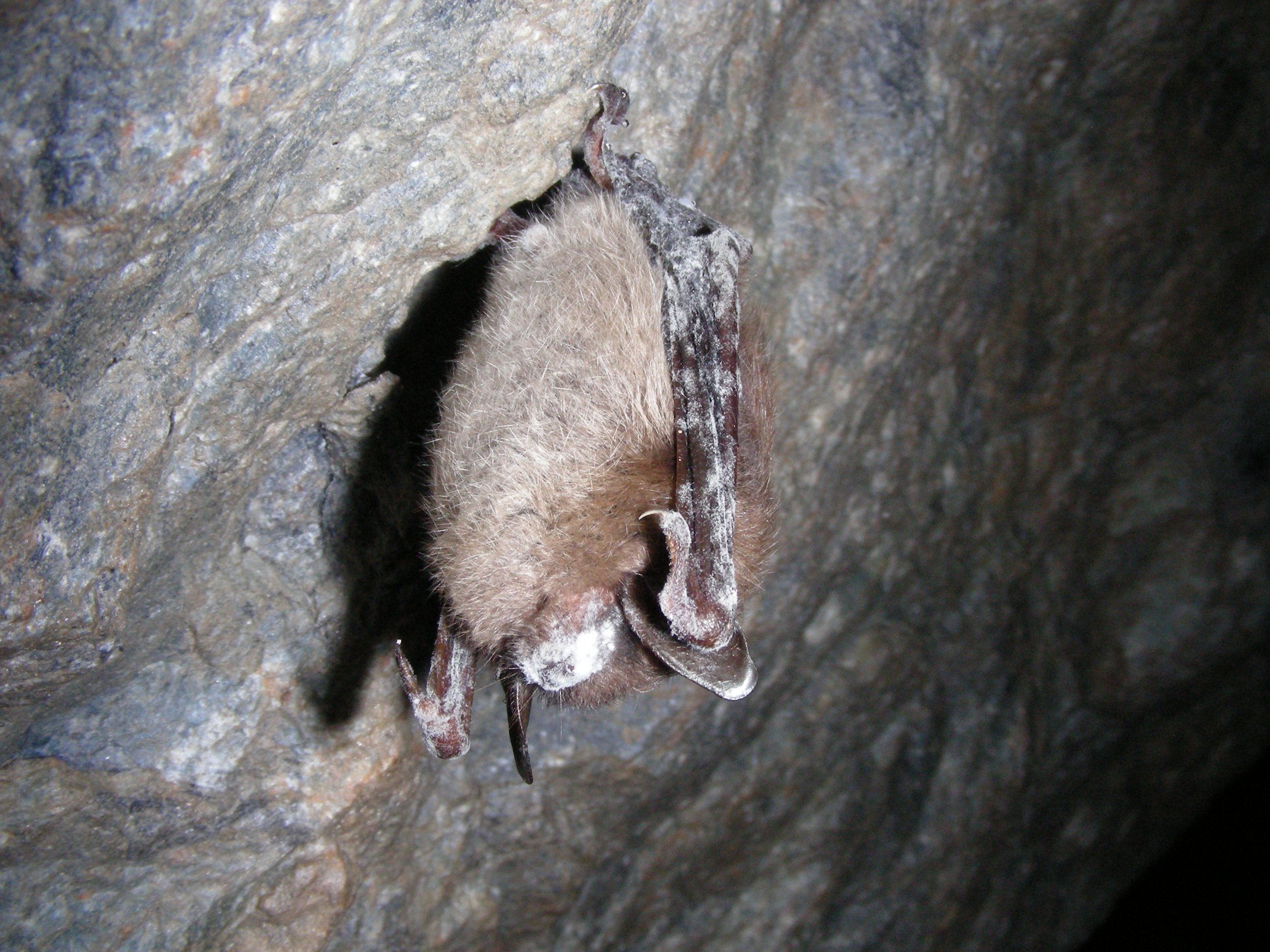After Millions Died, Bat Populations are Slowly Bouncing Back
There is no cure for white-nose syndrome (WNS), the disease that has been decimating bat populations in North America for nearly twenty years. Millions of bats have succumbed to the illness, but a couple of colonies are reporting a very modest rebound.
The syndrome is caused by the fungus Pseudogymnoascus destructans, a psychrophilic (cold-loving) organism that is right at home in the dark cold caves where bats spend the winter. WNS is deadly because it wakes the hibernating bats, which then expend precious energy scratching or rubbing at the fungal growth on their wings and noses and then die from starvation.
A couple of sites hit hard by WNS are reporting modest gains in the daunting war with fungus. A colony in Georgia known as the Black Diamond Tunnel was once home to more than 5,000 tri-colored bats, but after WNS arrived in 2014, it took only three years for the population to drop to a meager 152. Chiropterologists have been treating the tunnel (before the bats bed down for the winter) with volatile organic compounds known to inhibit fungal growth.
“Fumigation is a well-known approach to microbial control. We use it in agriculture all the time,” microbiologist Chris Cornelison tells the Atlanta Journal-Constitution. “So we’re trying to take lessons from other fields and apply it here.” After treatment began, the population grew to 272 by February 2021 and then up to 364 a year later; today the number of bats has ticked up to more than 550.
In Pennsylvania, conservationists are treating caves with a spray called PEG 8000 that disrupts and inhibits transmission of the fungus. A cave in Canoe Creek State Park housed about 31,000 bats in 2007, but by 2015 the number had dwindled to 72. Today there are just over 1,800 bats hanging in there, as it were.
It’s hard to feel very optimistic by such a paltry recovery, but it marks a tiny bit of good news at least, after years of doom and gloom. For more information and, more importantly, to learn about how to help, check out Bat Conservation International.
Marvin Moriarty / USFWS
Photo credit: Jason.Getz / Atlanta Journal-Constitution








